THINGS TO KNOW
PAD SITE
Concrete or asphalt is best but the next best surface for a great building is to start with a pad site built up 8″ above grade to create a level flat site for your building to sit on. The built up pad should be 10 feet longer and 10 feet wider than the building to divert water away from your building, be sure and use erosion control methods so your pad wont wash away in the first rain.
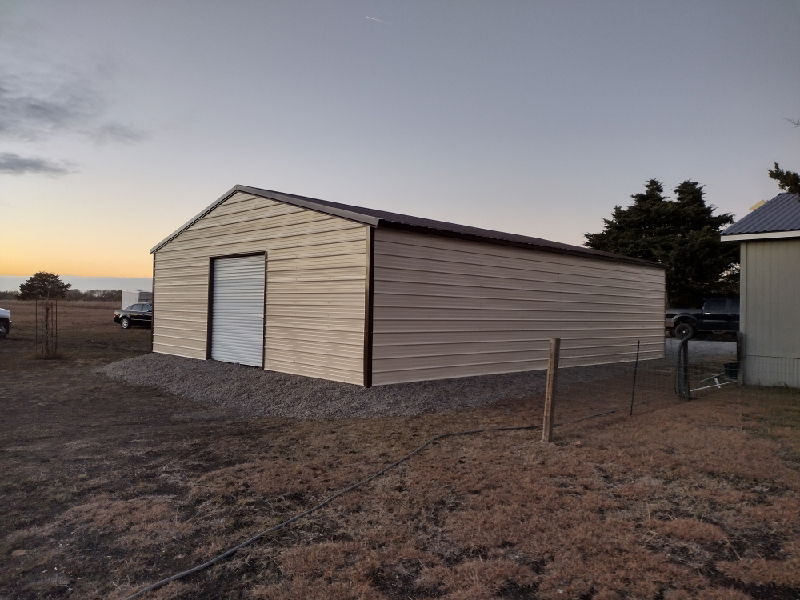
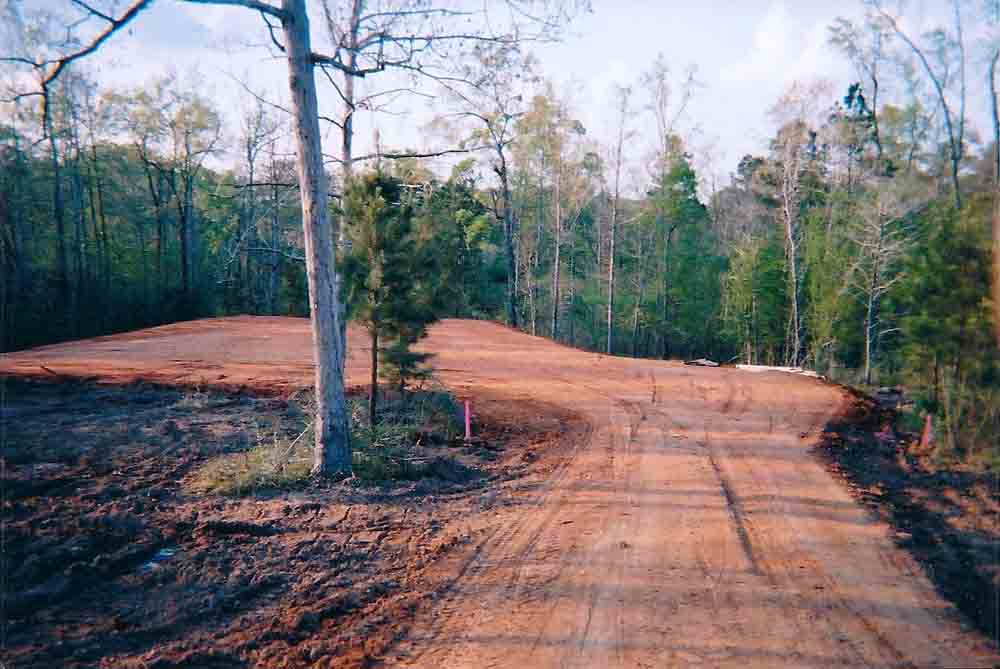


LEVEL GROUND
If you don’t build up a pad site it is important that your ground is level. This is very important and is the reason for most any issues we have when installing buildings for customers. It is best to use a string line level or laser level to ensure you site is level. If you can't do that we can likely make it work installing “as is” but generally there are some trade offs and none of them are good because starting with a bad unlevel foundation creates many problems.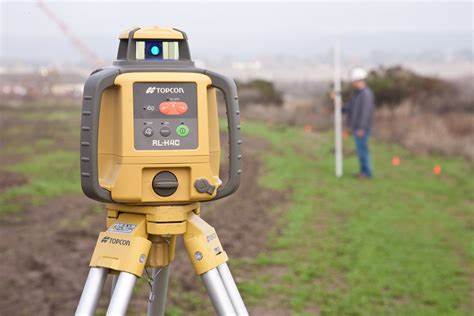

"AS IS" INSTALLATION
If you choose to install without the effort and cost of building a pad site, and your site is 5 inches or less out of level we can still install your building by using items you likely have around your home to level the frame, like bricks, cement blocks or treated wood to sit the base rail on, if your building is fully enclosed this will leave space under the base rail that will require you to add some soil to close the space under the base rail.
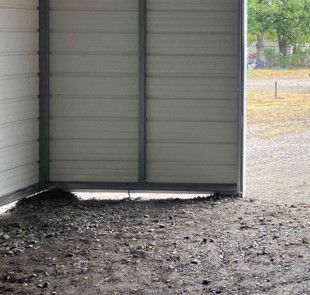
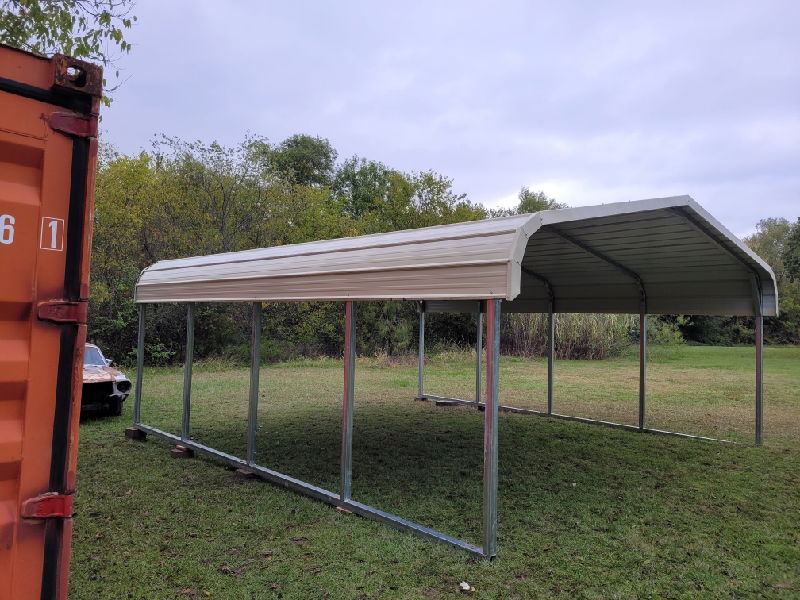


CUSTOM FIT SIDE SUPPORTS
We can custom fit the side supports but this may require cutting or adding longer side supports and maybe extra side wall sheets, this method usually is less costly than creating a pad, and works well in most conditions but does not solve all issues regarding levelness.
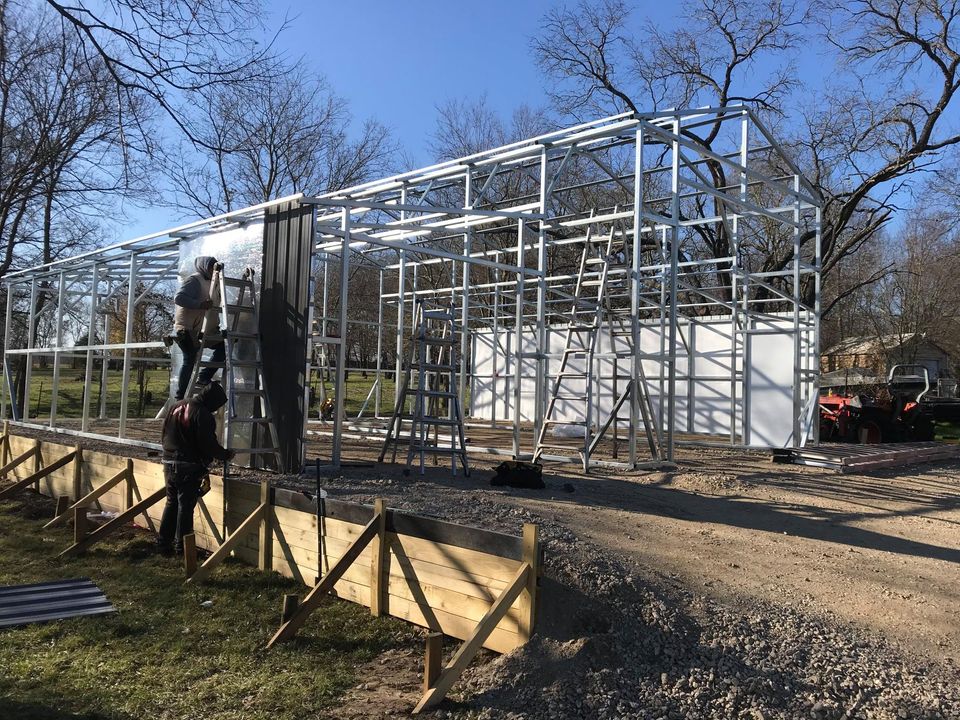

UN-LEVEL SITE
Warning! A level pad site is highly recommended. On un-level ground, doors may not function correctly, the frame may need to be blocked in the air off the ground, this all can be done but this type of installation will not result in the greatest satisfaction with your building… As a result there is no labor warranty on this type of install, the materials all still carry their warranty but we can not guarantee your satisfaction. We stress this point because the issue of an non-level site creates most customer satisfaction issues.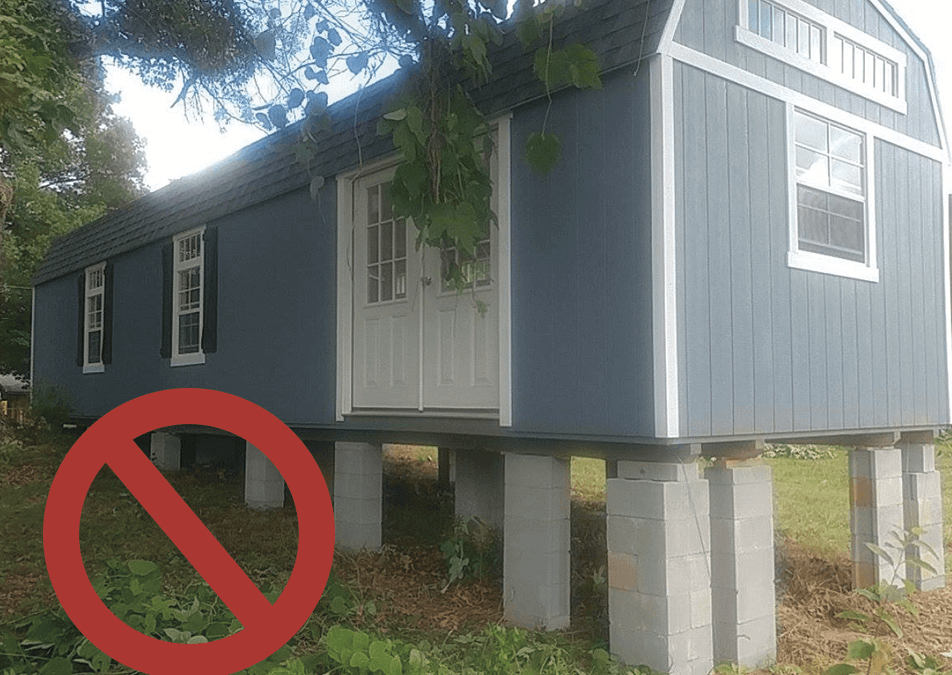

CONCRETE INFO
A concrete pad should be the same size as the frame of the building, not larger because water can seep in under the base rail into the building. There are frame drawings as part of your contract so make sure you know your frame size before pouring your slab. Also, be sure to consider any plumbing or electrical stub-ups that might need to be accounted for.
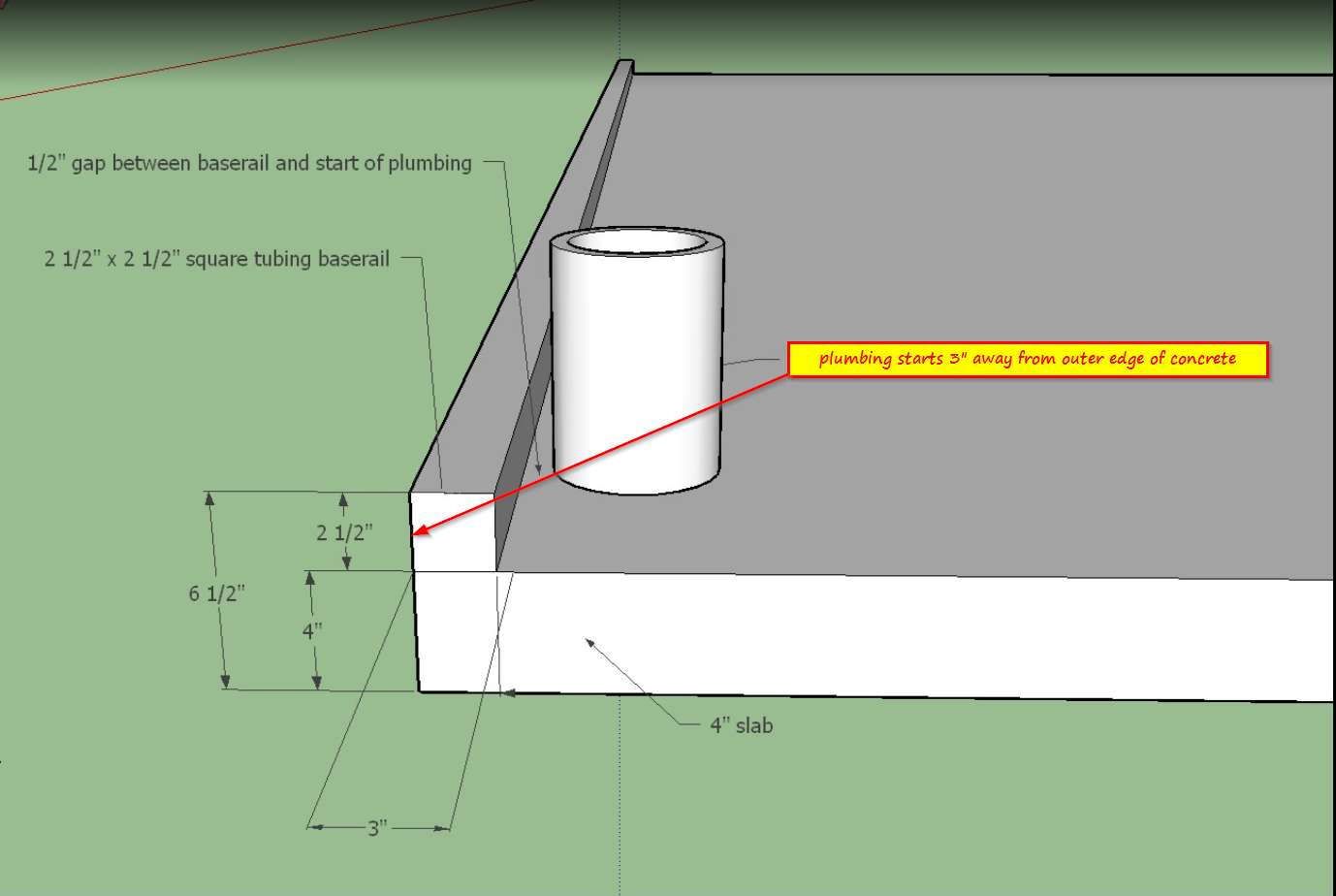
All garage type doors should have a door recess in the slab 6″ wider than the door and protrude 5-6’s in side the building and appx. 1-2″s deep. This will help prevent water from entering the building under the door.
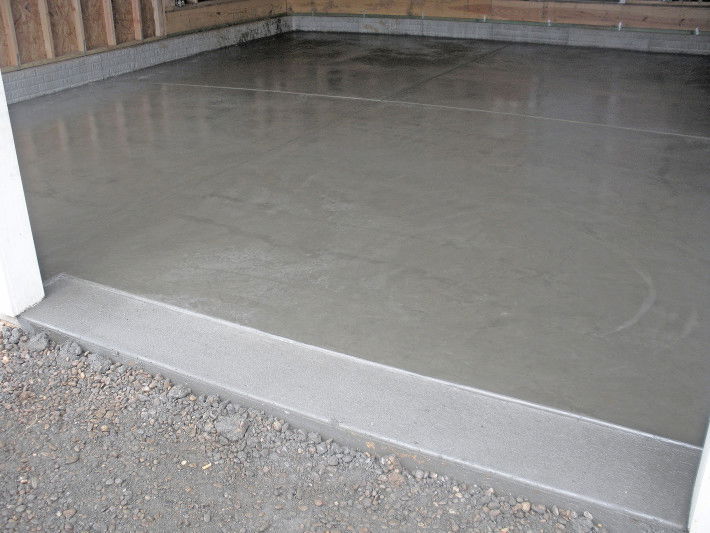

All garage type doors should have a door recess in the slab 6″ wider than the door and protrude 5-6’s in side the building and appx. 1-2″s deep. This will help prevent water from entering the building under the door.

SWAYING BUILDINGS
Tall Carports or RV covers without end walls will likely sway in high winds. Adding a lean too cover or extended gables are the easiest remedy to this situation.
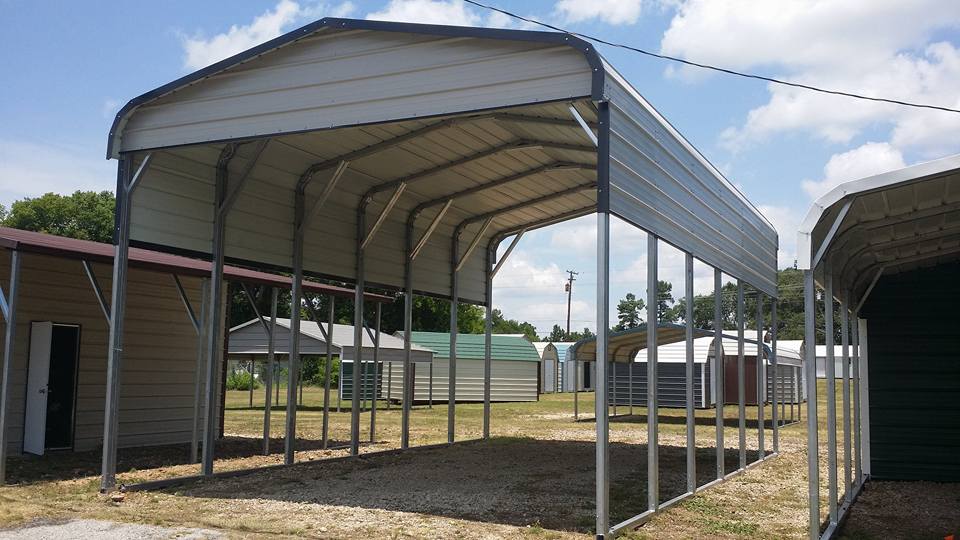
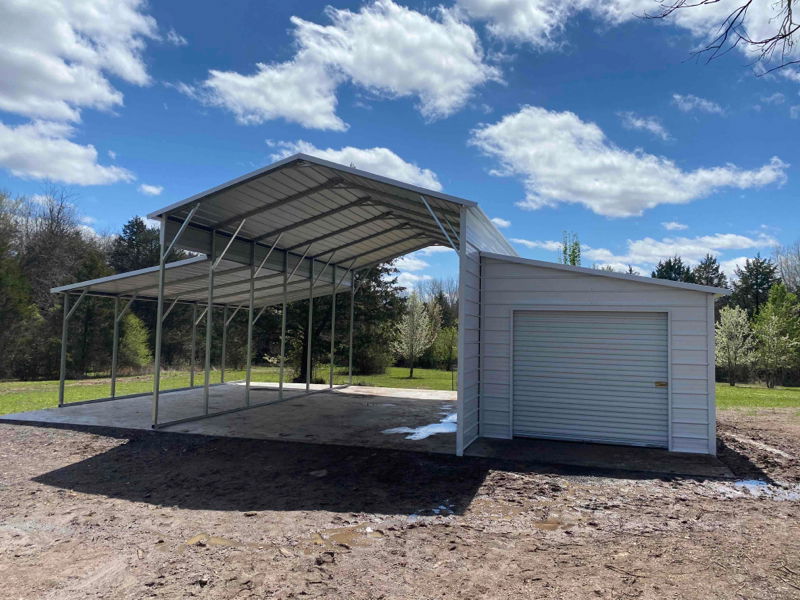


AVOID RETURN TRIP FEES
A Return Trip Fee is $200.00 – A return trip fee will result if we must reschedule after arriving to install and find the building site unfit to build on or access blocked by any item restricting access. No one is happy when this happens, our crews have loaded all tools and materials to build your new building and traveled to your location and must return it to our warehouse, so please select the most level site and do any necessary prep, you will be much happier in the end! We want to avoid this, please level your site. Tell us if your site is too wet or too steep to access. It is the customers responsibility to let us know if we cannot access a site.
ANCHORS
There are three types of anchors we use for installing structures, including concrete expansion bolts, mobile home anchors, and 30” rebar anchors. For concrete pads or footing as the foundation, we use the traditional concrete expansion bolts. Our crew will drill holes into the pad, insert the anchors, then tighten the bolts. If the concrete happens to break out the side, you can easily use the concrete patch to fix it. Texwin Carports will NOT be held responsible in a case such as this. The 30” rebar anchors are intended for dirt or gravel foundations while the mobile home anchors are mostly used on our certified structures. Mobile home anchors can also be purchased for non-certified structures for an additional charge.
 ANCHOR OPTIONSBe sure to check for gas lines, sewer, water, or subterranean risks BEFORE our crew comes to install the building. Texwin Carports is not responsible for any unmarked subterranean hazards. Danger if you build a building enclosed on 3 sides make sure you purchase storm anchors or install on concrete because you have created a wind trap and the building could be change zip codes with strong winds. This is not warranty so make sure You ask for the storm anchors!
ANCHOR OPTIONSBe sure to check for gas lines, sewer, water, or subterranean risks BEFORE our crew comes to install the building. Texwin Carports is not responsible for any unmarked subterranean hazards. Danger if you build a building enclosed on 3 sides make sure you purchase storm anchors or install on concrete because you have created a wind trap and the building could be change zip codes with strong winds. This is not warranty so make sure You ask for the storm anchors!
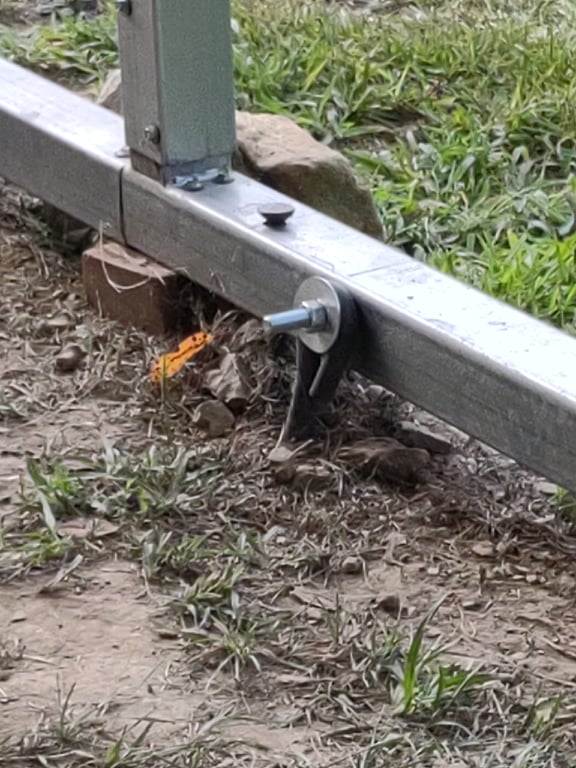 MOBILE HOME ANCHORS
MOBILE HOME ANCHORS
 ANCHOR OPTIONSBe sure to check for gas lines, sewer, water, or subterranean risks BEFORE our crew comes to install the building. Texwin Carports is not responsible for any unmarked subterranean hazards. Danger if you build a building enclosed on 3 sides make sure you purchase storm anchors or install on concrete because you have created a wind trap and the building could be change zip codes with strong winds. This is not warranty so make sure You ask for the storm anchors!
ANCHOR OPTIONSBe sure to check for gas lines, sewer, water, or subterranean risks BEFORE our crew comes to install the building. Texwin Carports is not responsible for any unmarked subterranean hazards. Danger if you build a building enclosed on 3 sides make sure you purchase storm anchors or install on concrete because you have created a wind trap and the building could be change zip codes with strong winds. This is not warranty so make sure You ask for the storm anchors! MOBILE HOME ANCHORS
MOBILE HOME ANCHORSDISCLAIMER
Renderings and floor plans are artist's depictions only. Square footage calculations and room dimensions are approximate. Nothing contained herein or on the Web Site constitutes an offer to sell any product or service, and no binding obligations will arise until you have executed the final sales documents. We reserve the right to change prices at any time and without notice or obligation and will not be responsible for typos.



